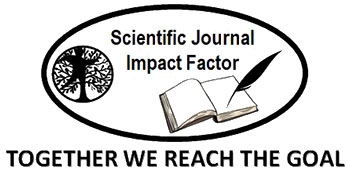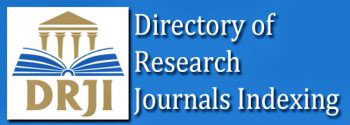قانون الفقراء الانجليزي (1834): دراسة تاريخية
DOI:
https://doi.org/10.56989/benkj.v4i1.783الكلمات المفتاحية:
قانون الفقراء، الإغاثة، الابرشياتالملخص
قانون الفقراء هو قانون بريطاني تم سنه في عام 1834 بهدف إصلاح نظام المساعدات الاجتماعية في إنجلترا، كان القانون نتاجًا للجنة لتعديل قانون الفقراء التي تأسست في عام 1832 برئاسة (إيرل غراي).
تميزت قوانين الفقراء الانكليزية من القرن الرابع عشر إلى القرن التاسع عشر بسوء تطبيق، وقد تمخضت هذه القوانين لتلد قانون الفقراء الجديد 1834، كانت هناك عدة أسباب لتعديل قانون الفقراء في عام 1834، منها ازدياد تكاليف المساعدات الاجتماعية في إنجلترا مما أدى إلى قلق الحكومة، وكان الاقتصاد البريطاني يشهد تحولًا من الاقتصاد الزراعي إلى الاقتصاد الصناعي، مما أدى إلى زيادة البطالة والفقر، وهدف القانون إلى تخفيض تكاليف المساعدات الاجتماعية خارج ورش العمل، وكان القانون يهدف إلى القضاء على الفساد في نظام المساعدات الاجتماعية الذي كان يعتقد أن بعض المسؤولين المحليين يستغلونه. وشجع القانون العمل من خلال جعل المساعدات أقل جاذبية. تضمن قانون الفقراء 1834 عدة نقاط أساسية، منها إنشاء مجالس الفقراء المحلية وتوحيد نظام المساعدات الاجتماعية وفصل الفقراء عن غير الفقراء وتطبيق العمل القسري للقادرين على العمل.
The Poor Law is a British law that was enacted in 1834 with the aim of reforming the social assistance system in England. The law was the product of the Committee to Amend the Poor Law, which was established in 1832 under the chairmanship of Earl Grey.
The English Poor Laws from the fourteenth century to the nineteenth century were characterized by poor application, and these laws gave birth to the New Poor Law of 1834. There were several reasons for amending the Poor Law in 1834, including the increasing costs of social assistance in England, which led to the government’s concern and the economy was Britain is witnessing a shift from an agricultural economy to an industrial economy, which led to an increase in unemployment and poverty. The law aimed to reduce the costs of social assistance outside the workshops. The law aimed to eliminate corruption in the social assistance system, which was believed to be exploited by some local officials. The law encouraged work from by making aid less attractive. The Poor Law of 1834 included several basic points, including the establishment of local poor councils, the unification of the social assistance system, the separation of the poor from the non-poor, and the application of forced labor to those able to work
المقاييس
التنزيلات
منشور
كيفية الاقتباس
إصدار
القسم
الرخصة
الحقوق الفكرية (c) 2024 مجلة ابن خلدون للدراسات والأبحاث

هذا العمل مرخص بموجب Creative Commons Attribution-NonCommercial 4.0 International License.
































